When we are journeying along the ascending path of personal development—stepping up the qanchispatañan—we are committing to the sacred within ourselves. A Latin root of the word sacred is sacer, which means “set off from.” That which is sacred is set apart from or recognized as qualitatively different from the ordinary or mundane. It is acknowledged as being extraordinary. As we do our “sacred” work in the Andean tradition, however, we are aware that our challenge is not that we are set apart from the ordinary world, but from our Inka Seed—from the energetic core of ourselves where our glorious, extraordinary self remains mostly unrealized. Our Inka Seed holds within it our full capacity as human beings. An important part of our sacred work is to discern what kinds of screens and blocks we have put  up that prevent us from more fully accessing and expressing our kanay, which means who we are as fully developed human beings.
up that prevent us from more fully accessing and expressing our kanay, which means who we are as fully developed human beings.
As we walk this path, we use our qaway. This is the ability to be clear-seeing, to see reality as it really is. Using qaway, we can see—and bring our compassion to—where, how, and why we are denying ourselves our full grandeur. We travel inwardly to see how we are restricting or even denying ourselves a sumaq kawsay, a good and happy life. At the time same, we celebrate the capacities we have developed and that we are using well. We acknowledge how far we have come.
During this inward journey, we are not solo travelers. Satisfaction, delight, pleasure, contentment, affection, and love walk with us. As do confusion, dissatisfaction, anxiety, discomfort, and uncertainty. If we are wise, we reject nothing. We welcome each aspect of ourselves as a companion and guide for that portion of the journey. Each can be a catalyzing energy that prompts us to bring self-inquiry to important questions about how we either are or are not in alignment with our Inka Seed, and thus with our greater potential. Using qaway to see ourselves in an evenhanded way helps us bring conscious self-inquiry to decisions and choices we are making unconsciously. As psychotherapist Robert Holden explains this unconscious energy dynamic: “Every moment of your life you are deciding 1) who you are, 2) what you want, 3) what you can do, and 4) what you deserve and what you don’t.” (Italic in original)
How we answer these questions helps us determine whether we set the parameters of our reach in life narrowly or expansively. Nothing outside of ourselves has as powerful an influence upon us as does our own sense of kanay—of knowing ourselves and accumulating the personal power to live as we know ourselves to be. Yet, part of using qaway is seeing that we each seem to have an inner set point for happiness. Sociologists and psychologists in study after study have shown that no matter how good or bad things get in our lives, we eventually return to our individual set point of happiness. For example, many people dream of the day they will be financially stable or even wealthy. How happy they will be! But the evidence does not support this belief. Multiple studies show that people who have gained sudden wealth, such as through winning the lottery, are happier for a while, and then their response levels off. Sooner than we would think, they report that they are not really that much happier than they were before their financial windfall. Most of us do not experience such windfalls. However, the same happiness dynamic occurs in the more common occurrence of a gradual rise in income. Surely, we tell ourselves, we will be happier when our income increases. However, studies showed through self-reported “happiness levels” that people were happier, and remained that way, only until they were making a yearly salary of about $70,000. At higher income levels, people reported that they discovered they were not much happier than they were when they made less money. While the $70,000 income level might be dated, the premise holds. More money thrills us for a while, and then we return to our inner set-point of happiness.
bad things get in our lives, we eventually return to our individual set point of happiness. For example, many people dream of the day they will be financially stable or even wealthy. How happy they will be! But the evidence does not support this belief. Multiple studies show that people who have gained sudden wealth, such as through winning the lottery, are happier for a while, and then their response levels off. Sooner than we would think, they report that they are not really that much happier than they were before their financial windfall. Most of us do not experience such windfalls. However, the same happiness dynamic occurs in the more common occurrence of a gradual rise in income. Surely, we tell ourselves, we will be happier when our income increases. However, studies showed through self-reported “happiness levels” that people were happier, and remained that way, only until they were making a yearly salary of about $70,000. At higher income levels, people reported that they discovered they were not much happier than they were when they made less money. While the $70,000 income level might be dated, the premise holds. More money thrills us for a while, and then we return to our inner set-point of happiness.
Ah, you say, that is not me! I know I will be happier when I have more ______ (fill in the blank). The truth is that you probably will be happier in the short term, but not over the long term. Why? Because sustained happiness is not dependent on acquisition or outer circumstances. It is always and only an inner state that is strongly correlated with an integral sense of self.
Happiness is fueled by knowing, honoring, and expressing our true nature no matter what our outer circumstances (within reason, of course). Aspects of our external life may be influenced by people and forces beyond our control, but the quality we ascribe to our life and the way we value ourselves are determined mostly by our inner state. This is not a New Age platitude. And it is great news! As paradoxical as it may sound, to change our lives we do not actually have to change our lives—we have to change our relationship with ourselves.
Our relationship with ourselves has brought us to exactly where we are right now—to this current moment in our lives. Whether we like where we have led ourselves is another story. If we are seeking change and are feeling the sacred call to align more fully with our Inka Seed (with all  that we can be), the odds are that we are finally ready to say “Enough!” We finally lose patience with those aspects of ourselves that have been leading us astray from knowing, accepting, caring for, and taking responsibility for ourselves and our lives. As motivational coach and author Kevin Ngo so aptly says, the sacred truth is that “if you don’t make the time to work on creating the life that you want, you’re going to spend a lot of time dealing with a life you don’t want.”
that we can be), the odds are that we are finally ready to say “Enough!” We finally lose patience with those aspects of ourselves that have been leading us astray from knowing, accepting, caring for, and taking responsibility for ourselves and our lives. As motivational coach and author Kevin Ngo so aptly says, the sacred truth is that “if you don’t make the time to work on creating the life that you want, you’re going to spend a lot of time dealing with a life you don’t want.”
Creating the life we want means we must, as don Juan Nuñez del Prado says, become the owners of ourselves. In this self-inquiry process, if we do not like what we see as our current state of life, then qaway as clear-seeing helps us to temper our judgments of ourselves. There is no value in blaming or shaming ourselves. Qaway shows us that there is nothing bad, missing, or broken within us. However, there are places where we are asleep to or in denial about how our own beliefs, feelings, cravings, choices, actions, and other states of feeling and being have conditioned us to see the world as “out there” instead of “in here.” Without qaway, we keep trying to change the conditions “out there,” which ultimately will prove fruitless. Qaway reveals how and why the real creational and transformational work take place within. As the Vedic tradition tells us, we are not in the world, the world is in us.
I admire the wisdom of Alan Cohen regarding how the inner meets the outer, and the futility of seeing change as “out there.” This quotation is from his classic book Looking In for Number One: “The world is not defective and does not need fixing; the world is unfolding and needs belief. You will never create a perfect world by fixing everything that is broken. The more things and people you try to fix, the more you find that are broken. The only way to attain perfection is to claim it right where you are. If it is not here now, it will not be here later. Perfection is not a condition you attain; it is a consciousness you live from. Changing the world is not about setting it right, but seeing it right. Inner transformation must occur before change is possible.”
Let us apply this same wisdom to ourselves by revising the quotation as follows: “I and my life are not defective and do not need fixing; I and my life are unfolding and need belief. I will never create a perfect life by fixing everything that I judge as broken. The more things I try to fix about myself , other people, and the world, the more I things I find that appear broken. The only way to attain happiness is to claim it right where I am. If I am not happy now, I won’t be later. Happiness is not a condition I attain; it is a consciousness I live from. Changing my life is not about setting it right, but seeing it right. Inner transformation must occur before outer change is possible.”
consciousness I live from. Changing my life is not about setting it right, but seeing it right. Inner transformation must occur before outer change is possible.”
Following on that idea, in another place in his book, Cohen makes a point that I feel is crucial to understanding the energy dynamics we face when we seek inner change. He writes that “every moment is a choice between resistance and affirmation.” What are resistance and affirmation? In this context, my definition of resistance is being enslaved by thoughts of “If only . . .” If only I had more money, if only I had less responsibility, if only I were not alone, if only I had better health, if only, if only, if only . . . Conversely, for me affirmation is saying, “I can” or “I will try” no matter what the outer circumstances are. Affirmation, however, is not just aspirational. It is an intention put into action. Affirmation says, “This is who I am and this is the life I want live to reflect who I am—and this is what I can or will do right now to foster this self-expression.”
Don Juan Nuñez del Prado talks about hucha in a way that is similar to Cohen. Don Juan says that if we want to understand how we are creating hucha, we must look at what we are attaching to and what we are rejecting. Whichever terms you prefer, both resistance (or rejection) and affirmation (or attachment) are inner states that are independent of outer circumstances. The way we are expressing these energy dynamics within us has tremendous impact on the way we perceive the outer world. The “inner” and “outer” are in a continuously cycling feedback loop. In the Andes, this energy dynamic is called ayni. Ayni is intention put into action. Without action, there is no ayni. However, the quality of our ayni is tied to how we feel about ourselves and the effect of our ayni is correlated to our level of personal power. That being the case, to transform our ayni we can spiral back to Robert Holden’s tawantin of questions and bring self-inquiry to them: “Every moment of your life you are deciding 1) who you are, 2) what you want, 3) what you can do, and 4) what you deserve and what you don’t.”
What we can do is called our atiy in Andean terms. Among other energy dynamics, our atiy is the measure of our power. It is what we are capable of doing at the current time. Among other effects, our atiy determines how much of our Inka Seed we are able to access, express, and bring to the world. In large part, our atiy is how through our measure of personal power we are either able or unable to drive the kawsay to realize our intentions. When we factor atiy into the energy dynamics of our kanay and Inka 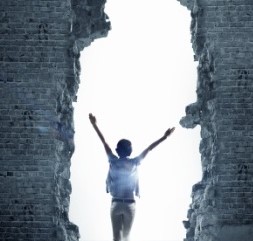 Seed, we are led to a conclusion that is astutely expressed by novelist and philosopher Ayn Rand: “The question isn’t who’s going to let me; it’s who is going to stop me.”
Seed, we are led to a conclusion that is astutely expressed by novelist and philosopher Ayn Rand: “The question isn’t who’s going to let me; it’s who is going to stop me.”
Unfortunately, the person who most often stops us from living “authentically” and “happily” is . . . you guessed it . . . ourselves. Don Juan Nuñez del Prado makes the same point, but through an Andean lens. He says that the combination of our atiy and our rimay is core to doing anything in the world. Atiy means we know the measure of our own power at the current time and how and when to best use it. Rimay is self-expression. Our life experiences have shaped us to be a singular, unique human being in a singular, unique life. Rimay is the ability to communicate who we are to the world with integrity and sincerity. Using the combination of atiy and rimay, no one can stop us from happily being ourselves, and no one can stop us from bringing our happily unique selves to the world. By combining atiy with rimay, we don’t just talk the talk, we walk the walk. And that is what the journey along the Andean qanchispatañan is all about. It is an insight journey to the true self. It is a compassionate conditioning of ourselves until our inner and outer lives are as perfectly harmonized as possible, so that we have attained sumaq kawsay—a meaningful and happy life that is the singular expression of our Inka Seed.

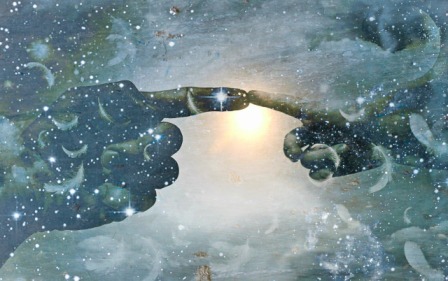 matter.” We have the potential to express our God-Spirit right here on Earth in this singular human lifetime.
matter.” We have the potential to express our God-Spirit right here on Earth in this singular human lifetime. reduce ourselves and limit what we can bring to the world. We should make no excuses for our present state of grandeur. And I do mean grandeur! That is a word—along with “glorious”—that I purposefully use with my students, because that is what the training in Andean mysticism is all about: growing our grandeur, becoming more and more glorious. We should have no false humility about what we have far so developed within ourselves. Taking responsibility for ourselves means truly owning all of who we are while also being honest about how much more there is within us that remains to be developed and expressed.
reduce ourselves and limit what we can bring to the world. We should make no excuses for our present state of grandeur. And I do mean grandeur! That is a word—along with “glorious”—that I purposefully use with my students, because that is what the training in Andean mysticism is all about: growing our grandeur, becoming more and more glorious. We should have no false humility about what we have far so developed within ourselves. Taking responsibility for ourselves means truly owning all of who we are while also being honest about how much more there is within us that remains to be developed and expressed. related to our Inka Seed. So, let’s take a look at some of these energy dynamics.
related to our Inka Seed. So, let’s take a look at some of these energy dynamics. support our business. If the business fails, it would be remiss not to bring self-inquiry to ourselves by asking how our lack of ability might at least partially have contributed to the demise of the enterprise.
support our business. If the business fails, it would be remiss not to bring self-inquiry to ourselves by asking how our lack of ability might at least partially have contributed to the demise of the enterprise.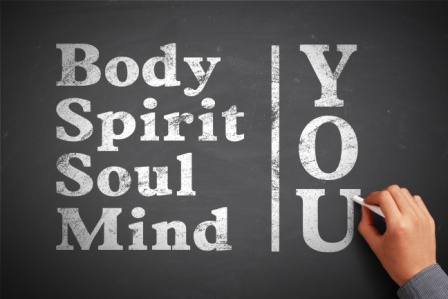 energy. You learn to express what is in you, what is in your own Inka Seed, and to send that out into the world. That is the whole goal of the Andean path—to express your whole self, all that is within you.”
energy. You learn to express what is in you, what is in your own Inka Seed, and to send that out into the world. That is the whole goal of the Andean path—to express your whole self, all that is within you.” each practice, then we will be able to choose and use the perfect one for a specific situation. And, practicing the entire protocol of the Andean training multiple times will help us develop a greater mastery of our inner state.
each practice, then we will be able to choose and use the perfect one for a specific situation. And, practicing the entire protocol of the Andean training multiple times will help us develop a greater mastery of our inner state. which many contemporary scientists do not). How we self-regulate places us on a “stair” or “level” of the qanchispatañan.
which many contemporary scientists do not). How we self-regulate places us on a “stair” or “level” of the qanchispatañan. Quechua word that means “to be.” Kanay is the capacity of knowing who we are and who we have the potential to become if we choose to grow into the fullness of our humanness.
Quechua word that means “to be.” Kanay is the capacity of knowing who we are and who we have the potential to become if we choose to grow into the fullness of our humanness. Seed—it also encodes our metaphysical self and is equivalent to our Spirit. At the moment we are conceived, we are created both from the DNA of our parents and from the energy of Spirit, or for convenience’s sake what I will call God. As don Juan terms it, we are a “Drop of the Mystery.” Literally, whatever “God” or “Creator” is—everything that It is—is held in potential within our Inka Seed. I express the promise of this aspect of the tradition by quoting Sri Aurobindo, who was the developer of Integral Yoga. He said that we humans are where “God-Spirit meets God-matter” and “divinity is in the body.” Through the Inka Seed, we literally are God-Spirit in the flesh, for the Andean mystical tradition tells us that the full expression of our humanness is to express God-like capacities while in the body and in this world.
Seed—it also encodes our metaphysical self and is equivalent to our Spirit. At the moment we are conceived, we are created both from the DNA of our parents and from the energy of Spirit, or for convenience’s sake what I will call God. As don Juan terms it, we are a “Drop of the Mystery.” Literally, whatever “God” or “Creator” is—everything that It is—is held in potential within our Inka Seed. I express the promise of this aspect of the tradition by quoting Sri Aurobindo, who was the developer of Integral Yoga. He said that we humans are where “God-Spirit meets God-matter” and “divinity is in the body.” Through the Inka Seed, we literally are God-Spirit in the flesh, for the Andean mystical tradition tells us that the full expression of our humanness is to express God-like capacities while in the body and in this world. and power of the physical and metaphysical expression of ourselves.
and power of the physical and metaphysical expression of ourselves. ceremonies being held for the solstice, both for marking the start of winter and honoring this as the day of the year with the longest period of darkness. We see this solstice as a metaphor for going deeply within and emerging anew—as a kind of shamanic or spiritual journey of death and rebirth. Our metaphor is based on ancient metaphoric overlays, such as the winter solstice marking the death of the sun and its almost immediate resurrection. We connect it with the rhythms of nature, especially with plants that go dormant or animals that hibernate, experiencing a physical cessation of outward activity even while within they are recharging themselves for reentry into life.
ceremonies being held for the solstice, both for marking the start of winter and honoring this as the day of the year with the longest period of darkness. We see this solstice as a metaphor for going deeply within and emerging anew—as a kind of shamanic or spiritual journey of death and rebirth. Our metaphor is based on ancient metaphoric overlays, such as the winter solstice marking the death of the sun and its almost immediate resurrection. We connect it with the rhythms of nature, especially with plants that go dormant or animals that hibernate, experiencing a physical cessation of outward activity even while within they are recharging themselves for reentry into life.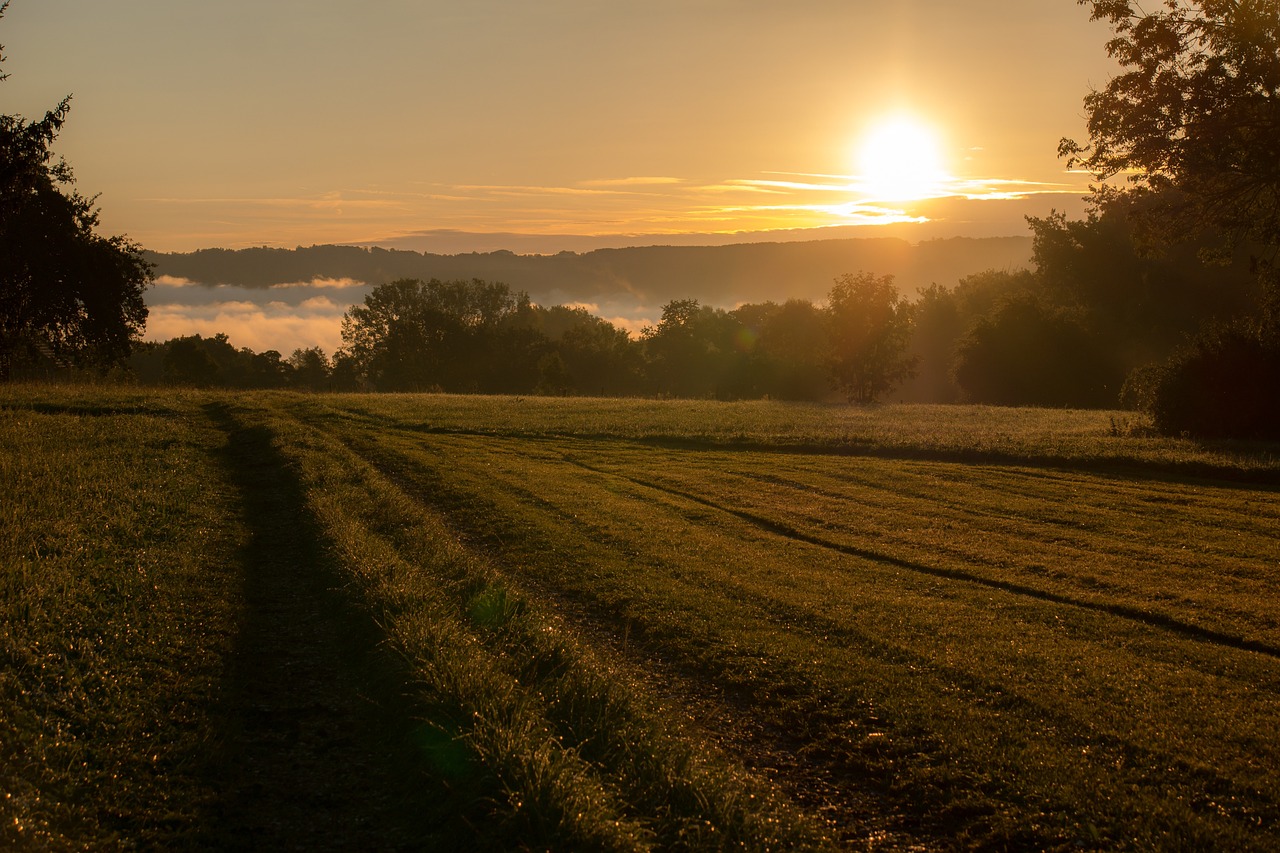 Earth is tilted closer to the sun. So, for those of us living in the Northern Hemisphere where the tilt is away from the sun, the December solstice marks the first day of winter and is the day with the longest period of darkness. But for those in the Southern Hemisphere, who are tilted toward the sun, this solstice marks the first day of summer and is the day with the longest period of daylight.
Earth is tilted closer to the sun. So, for those of us living in the Northern Hemisphere where the tilt is away from the sun, the December solstice marks the first day of winter and is the day with the longest period of darkness. But for those in the Southern Hemisphere, who are tilted toward the sun, this solstice marks the first day of summer and is the day with the longest period of daylight.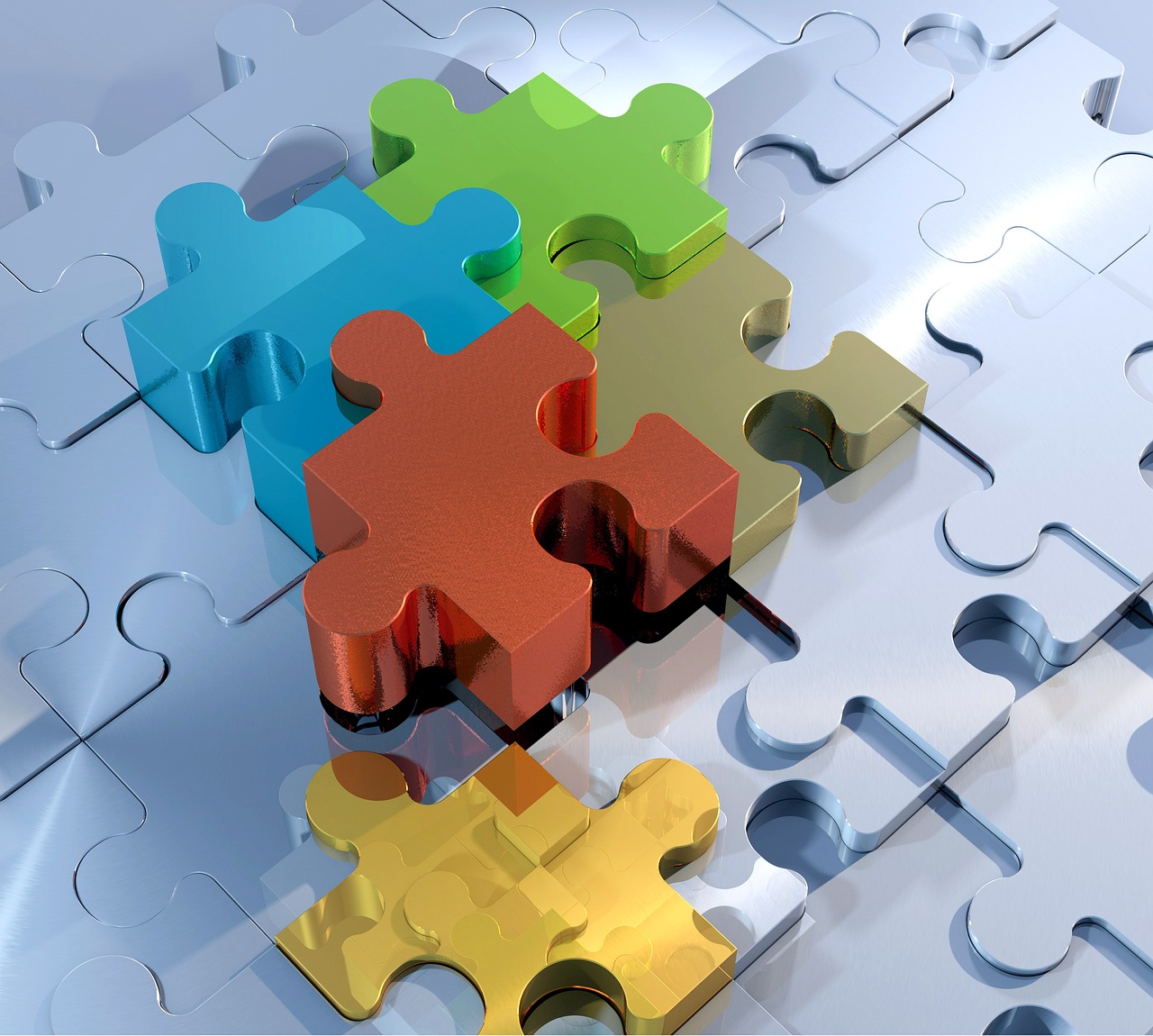 United States. But it does remind us of another important yanantin—that the world is both “out there” and “in here.” Each of us chooses how to be in the world, and the state of the world is the way we present our combined individual selves as a collective.
United States. But it does remind us of another important yanantin—that the world is both “out there” and “in here.” Each of us chooses how to be in the world, and the state of the world is the way we present our combined individual selves as a collective. as who we are (rather than as how our culture or others see us or want us to be).
as who we are (rather than as how our culture or others see us or want us to be).